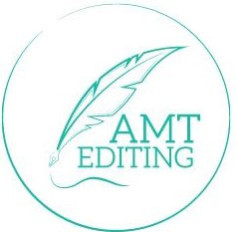
TYPES OF EDITING
There are different types of editing services that can help you with your writing project. Knowing what each level of editing involves, as well as when it occurs in the writing process, can help you decide what services you need for your current project.

Developmental Editing
Developmental editing, also called structural editing, is the place to start if you are looking for an in-depth review of your entire manuscript. This type of editing looks at components like plot, voice, structure, character development, and style of writing. A developmental edit is a big picture look at the structure of your work.
Stylistic Editing
When you are happy with your writing and feel good about its structure, stylistic editing is the next step. A stylistic edit, also called a line edit, involves sentence-level revision of components like word choice, sentence structure, and phrasing, all while keeping the author’s voice in mind. Edits can involve eliminating wordiness, smoothing transitions, or removing passive voice. The goal is to improve readability and flow, and to ensure each sentence is strong and well crafted. As this type of editing is stylistically focused, it involves a level of subjectivity. For this reason, selecting an editor whose style you like is important, and having a sample edit completed is a good way to see if you like their editing style.
Copy Editing
Copy editing occurs on a finished manuscript and ensures the document is correct, accurate, and consistent. Copy editing addresses elements such as spelling, punctuation, and grammar, while ensuring the chosen style guide is adhered to. Additionally, copy editing ensures internal consistency of story, timeline, and character. For example, if your main character has a brown hat on page 10, a copy edit will catch if that same character is wearing a blue hat on page 22.
Proofreading
This is the last step before production, occurring after your document has been edited and formatted for publication. Proofreading includes looking for errors that might have slipped by in previous rounds of editing, or finding layout problems that might have been introduced in formatting. Proofreading involves the correction of typos, font and heading errors, bad line breaks, line spacing, errors in page numbers, and mislabelled tables and graphs.




